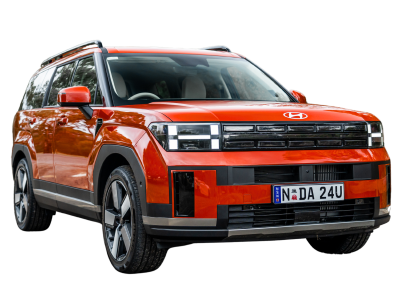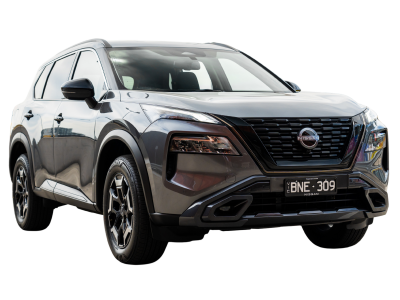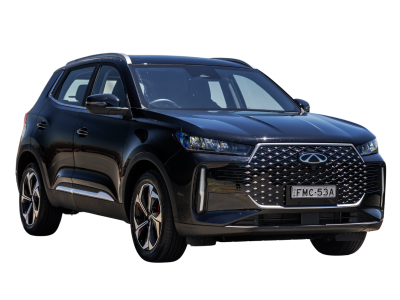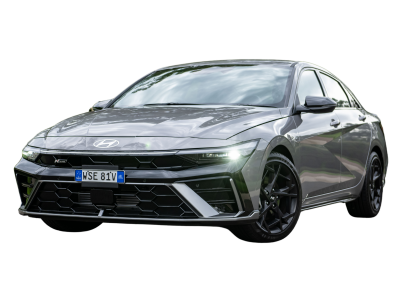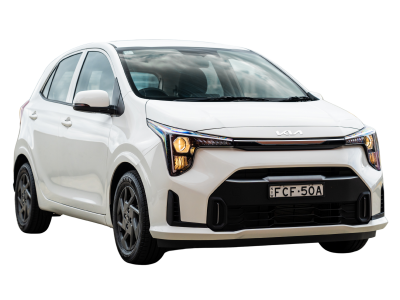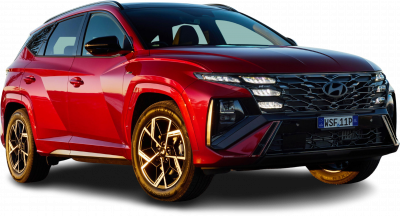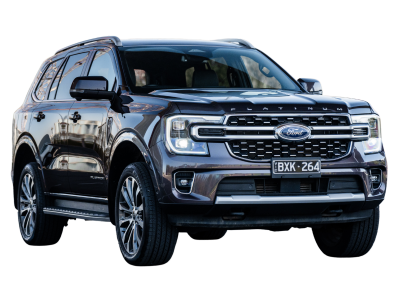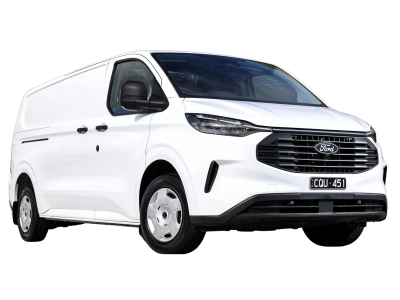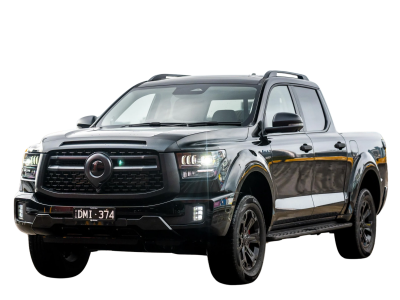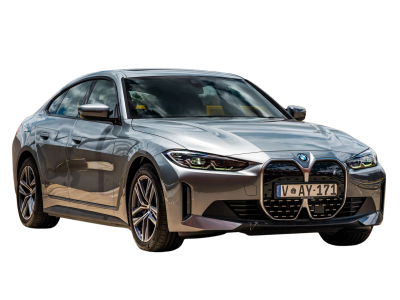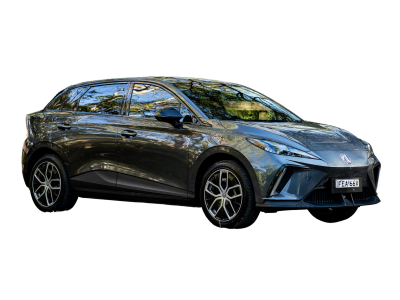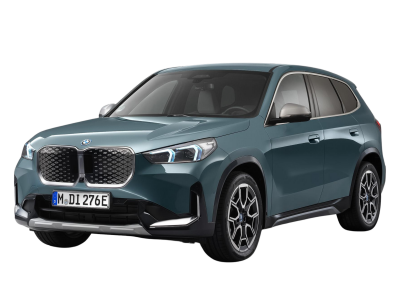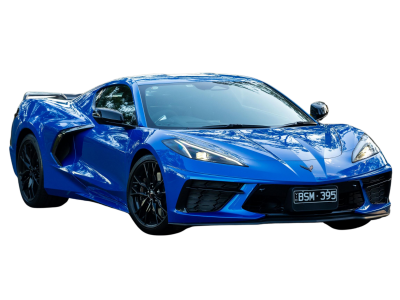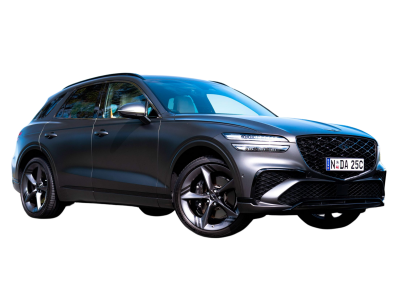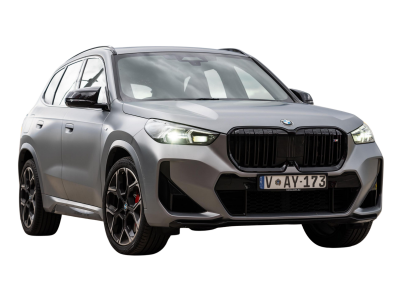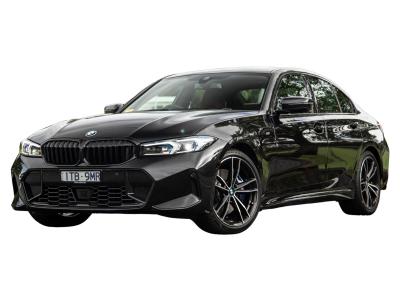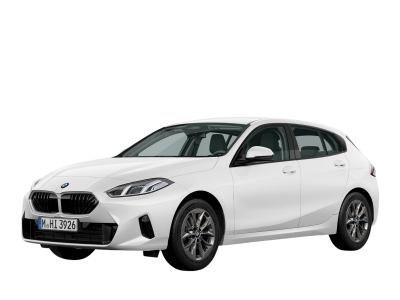See the Best Affordable Cars in each category
The affordable car market is more competitive than ever, with manufacturers delivering better quality, more features, and improved performance at prices that won't break the bank. These vehicles prove you don't need to spend luxury-car money to get a vehicle that's reliable, well-equipped, and enjoyable to drive every day.
From compact city cars perfect for urban commuting to spacious SUVs ideal for growing families, today's affordable vehicles offer genuine value without major compromises. Modern safety tech, efficient engines, and generous warranties are now standard across most mainstream segments, making new car ownership more accessible for Australian buyers.
Here are the affordable car categories that showcase the best value vehicles available to Australian buyers right now.


